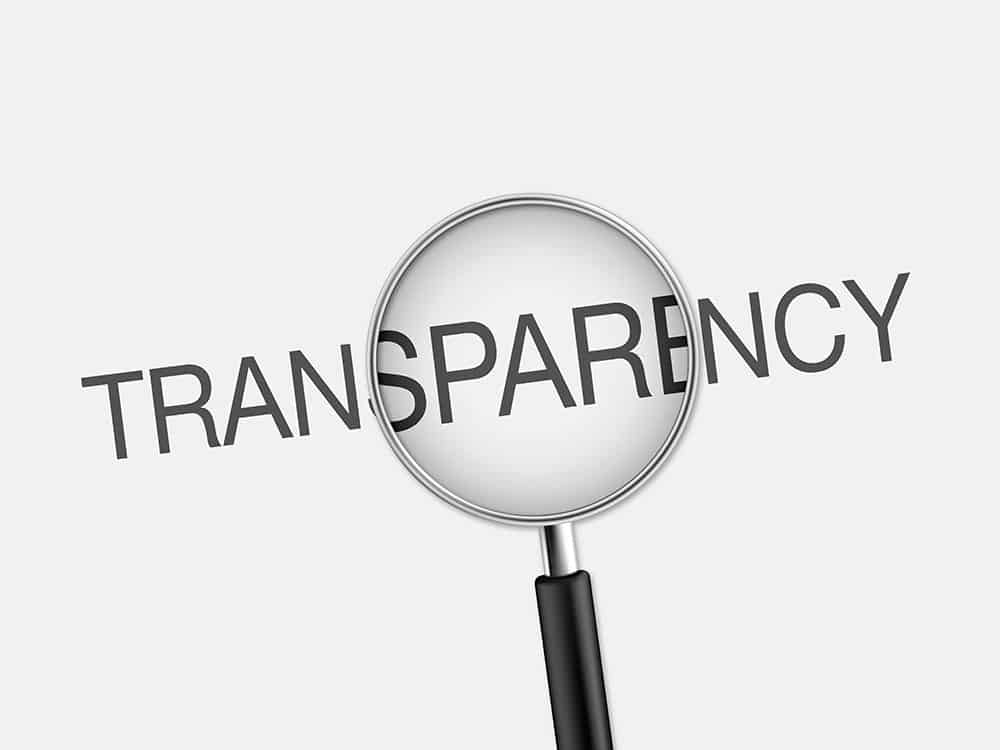
The facilities had also ignored letters from the Centers for Medicare and Medicaid Services asking them to publicly disclose what they charge for procedures.
It’s about time. The federal government directed hospitals to publish clear, consumer-friendly charge lists by the beginning of 2021. Six months later, just 6% of hospitals nationwide had complied, according to a study published in June in the medical journal JAMA.
Hospitals shouldn’t be able to get away with flouting the law. Price transparency empowers patients and payers to shop around for medical care — and ultimately allows them to leverage the power of competition to extract the best value for their dollar.
The Trump administration issued the price transparency rule in 2019. It required hospitals to publish standard prices for 300 of their most common services, including rates for insurers and those for individuals paying cash. The rule set daily fines for non-compliant institutions, which the Biden administration increased in November 2021.
Since the rule took effect, hospitals have been cautioned plenty. CMS has issued more than 350 warning letters requesting compliance.
Yet transparency has lagged. The biggest medical centers have been among the worst offenders. Just 0.5% of facilities owned by the country’s three largest hospital systems were fully compliant as of early 2022, according to a report from Patient Rights Advocate.
Hospitals may be leery of revealing their prices because the results can be embarrassing. In one case, an Illinois patient received a $15,000 hospital bill for an EpiPen. He later learned he could have purchased the same device from a pharmacy for $320.
Or, take the recent experience of a couple in Fresno, Calif. According to reporting from NPR, the husband underwent cataract surgery with an in-network provider that cost over $4,000. His wife, who has the same coverage, received the same exact procedure at a neighboring clinic — and only owed $204. The two facilities were just a half mile from one another.
High-cost providers wouldn’t be able to get away with those wide spreads in price if patients and payers knew about them. That’s why a 2021 RAND Corporation study projected that improving price transparency could reduce U.S. healthcare spending by up to $26.6 billion a year.
Of course, some hospitals may be justified in charging more than others. Factors like quality, convenience, and reputation of doctors and hospitals always influence price. But patients and payers should be able to evaluate those factors on their own. Hiding prices deprives them of key pieces of information that help them make prudent decisions.
Opaque prices also undermine competition — and thus help healthcare providers avoid improving quality or reducing costs in order to attract customers at the margin.
The feds did the right thing by fining hospitals that aren’t following the rules. But more needs to be done to make hospitals around the country do what businesses in every other sector do every day — tell potential customers what they can expect to pay.
Sally C. Pipes is President, CEO, and Thomas W. Smith Fellow in Health Care Policy at the Pacific Research Institute. Her latest book is False Premise, False Promise: The Disastrous Reality of Medicare for All (Encounter 2020).
Letters to the Editor: Views and opinions expressed in articles, columns and Letters to the Editor published in GwinnettCitizen.com do not necessarily reflect the opinion of the GwinnettCitizen.com.

